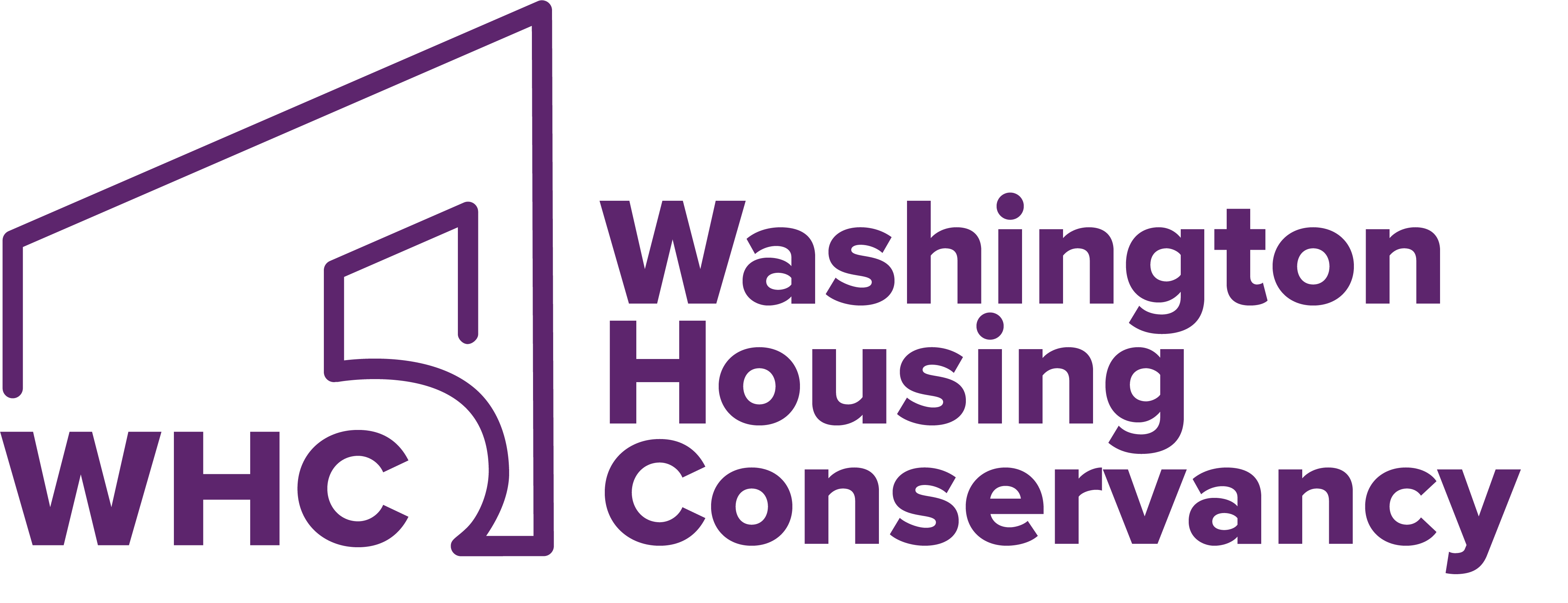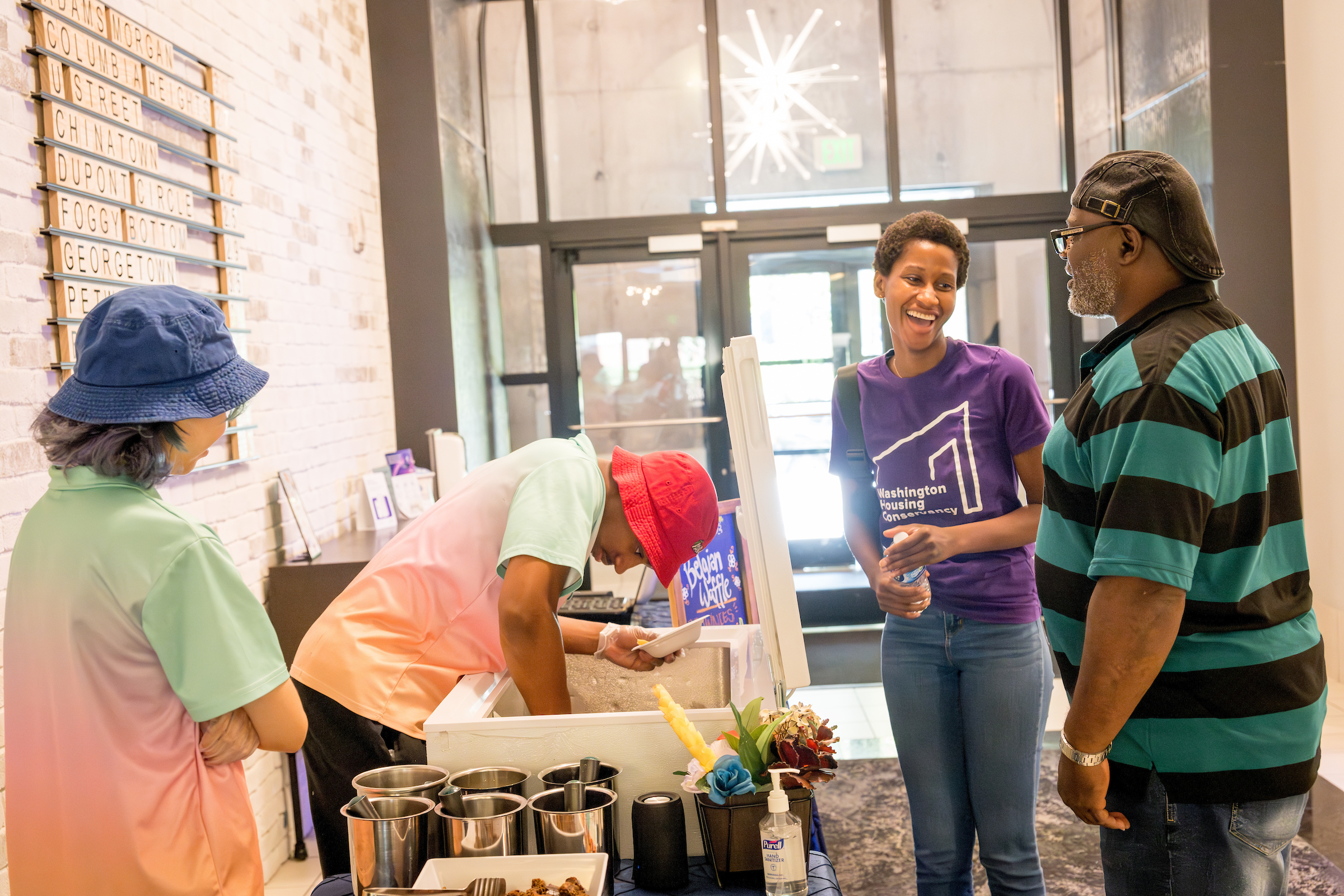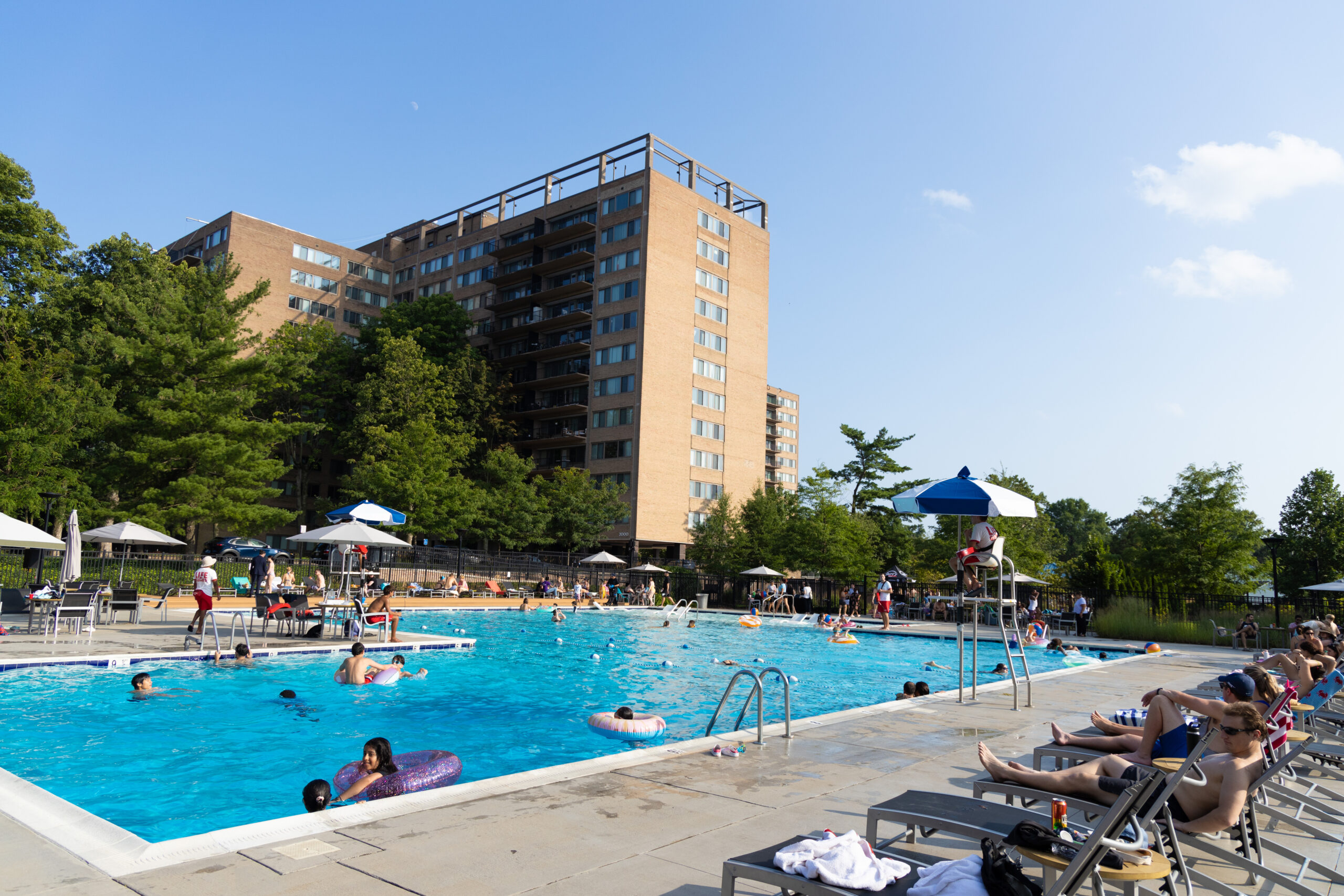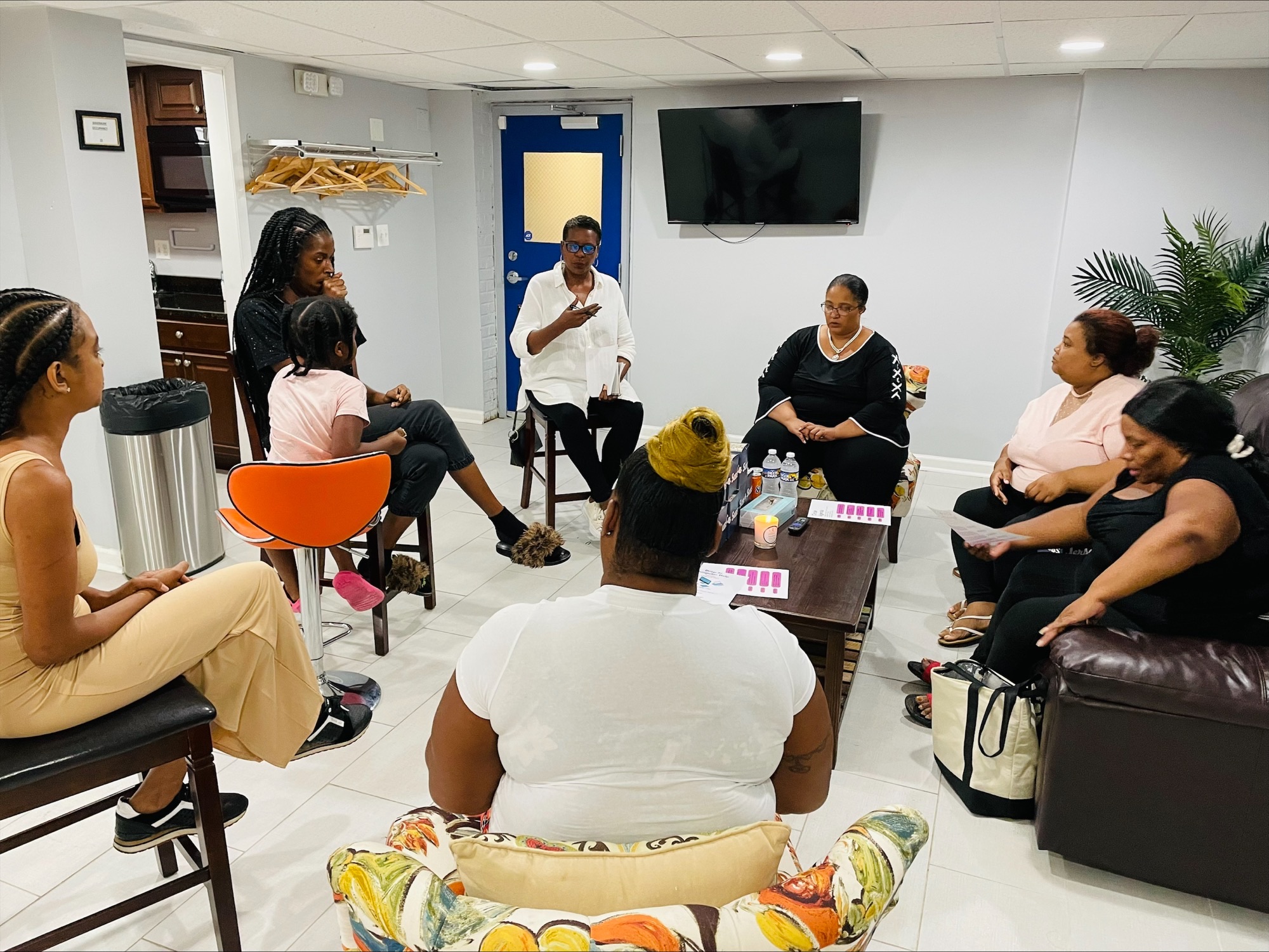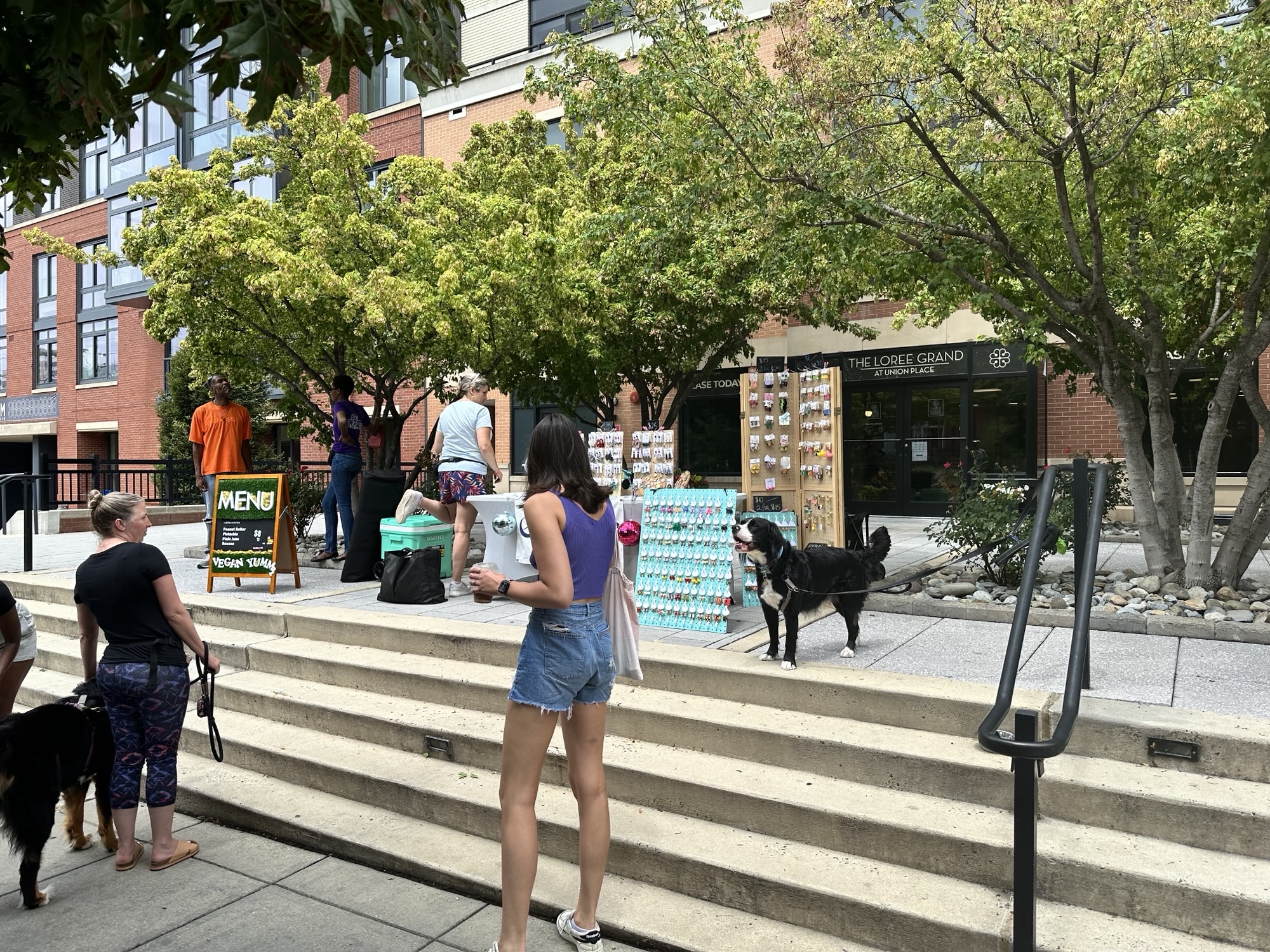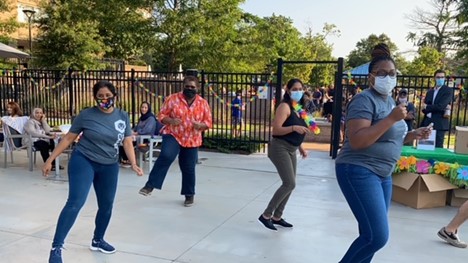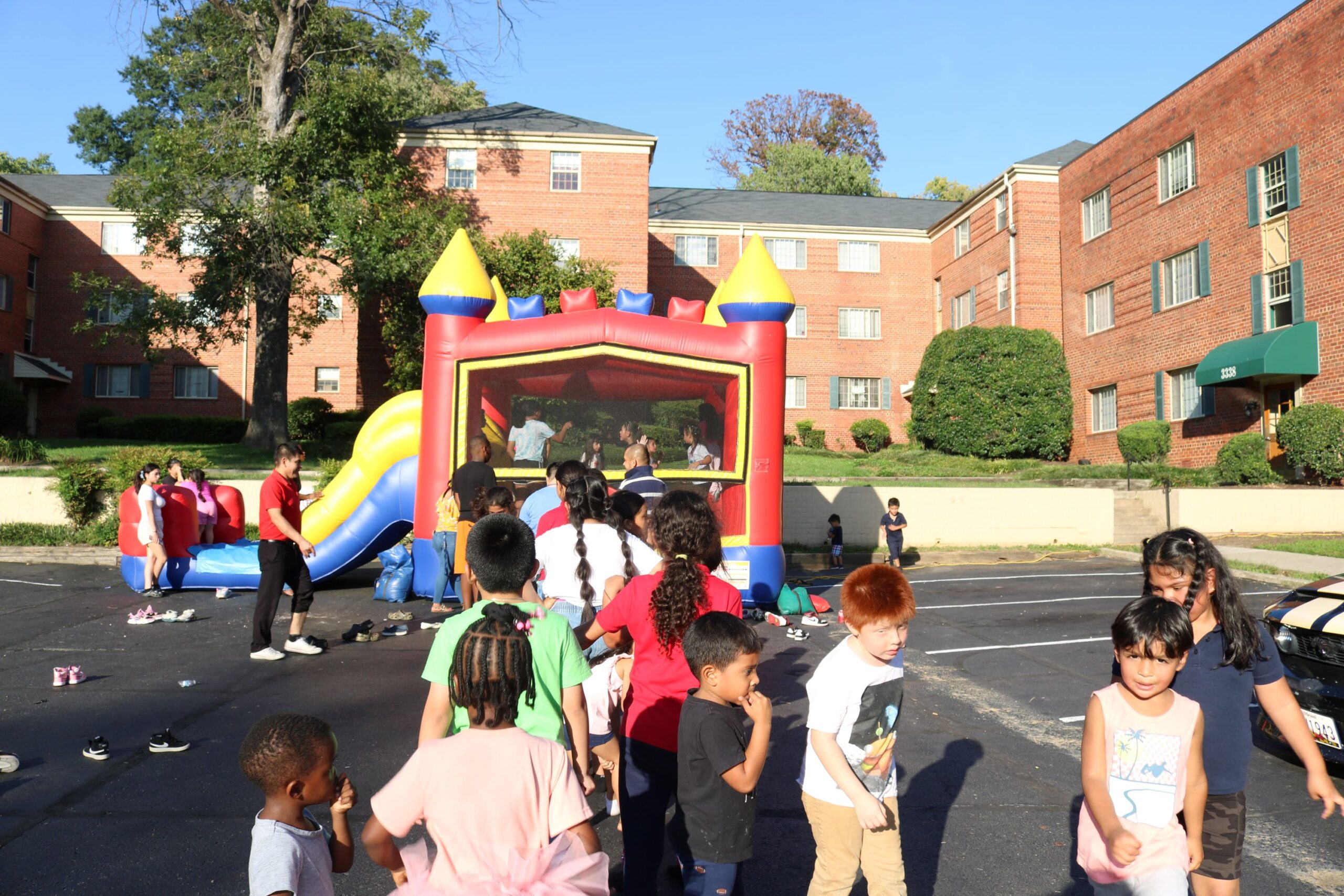
Why Focusing on Social Infrastructure is Core to WHC’s Impact
Our social infrastructure is fragmented and crumbling. While our country’s physical infrastructure – roads, bridges, tunnels, and fiber networks – grab attention and public dollars, our social infrastructure– defined by Gehl as the network of physical and social structures that build relationships and foster thriving communities–is under invested because it is not viewed as an essential public good.
Our failing social infrastructure has led to an epidemic of lonelineness and isolation that the US Surgeon General has declared is a public health crisis. We are disconnected from each other and our institutions and the places where we live. And for many communities, this has also led to disinvestment that furthers racial, economic, and social inequities that prevent upward mobility.
As an urban planning and development professional, I have spent my 20-year-plus career working to build inclusive vibrant communities. I have worked at all scales, from the citywide to property level and everything in between. My focus has been on inclusive placemaking, meaningful resident engagement & community building, and equitable development, all vital ingredients for building a strong social infrastructure.
I have been a longtime fan, student, and advocate of Gehl’s pioneering work in the study of public life and cities for people. I have also worked with and/or collaborated with Gehl on and off for more than a decade. It has been a wonderful honor to serve as a thought partner and consultant on a recent project funded by the Robert Wood Johnson Foundation (RWJF) that included visits to three countries whose cities face the same challenges of disconnection, discrimination, and disinvestment as we face in the United States, and where there have been innovative efforts at the micro and macro level to build social infrastructure. I was fortunate to join them in Brazil.
The Gehl/RWJF project, Global Lessons on Social Infrastructure for the U.S., provides a roadmap for action to build our social infrastructure to create opportunities for people to build critical relationships across differences and within their communities that foster the connection so necessary for people and communities to thrive.
As Executive Director of the Washington Housing Conservancy, I am proud of our model to preserve affordable housing and promote economic mobility for our residents. We conduct our work through a racial equity lens and employ a social impact strategy that includes community building/resident engagement and placemaking. These social impact strategies are foundational to our work because, for us, building and strengthening the social infrastructure in our communities is essential.
The Gehl/RWJF project identified three different types of social infrastructure that we interact with everyday whether we know it or not, and which are fundamental to our placemaking and social impact strategies in our apartment communities.
- Havens are spaces for people to gather around a shared identity and build bonds within groups in a safe communal space such as people from historically marginalized backgrounds who have not had places to gather. WHC examples of this include resident-led affinity groups such as women’s circle, English as a Second Language (ESL) group,
- Hubs are places where people can gather from different backgrounds such as community centers or parks that offer recreation for multiple generations. WHC examples of this include Crystal House’s community swimming pool and the DC city operated dog park at Loree Grand,
- Hangouts are places where people can just be. This might be green spaces, lakes, beaches or streets and plazas that are sites for cultural and community festivals. Hangouts work well when they are near hubs and havens. WHC examples of this include: the numerous outdoor benches and green spaces on the grounds of Crystal House; the outdoor cultural celebrations held at all of our properties.
What matters about havens, hubs and hangouts is that they focus on both the human elements as well as the physical structures. Building our social infrastructure isn’t just about the shiny things like civic plazas and parks. It is about what happens in them and how they become part of and contribute to a network of relationships. And it is often incremental.
At the Washington Housing Conservancy, we focus on resident engagement and developing physical places/third spaces where people can come together across lines of difference is critical to building social capital which is key to economic mobility. It also strengthens the social infrastructure in and around our apartment communities.
We believe that creating meaningful opportunities for connection are part of the equation to increasing health outcomes (both mental and physical) and building economic mobility opportunities for residents. As the Gehl/RWJF project learned, social infrastructure at its best generates outcomes beyond relationships that include economic opportunity, racial justice, education and empowerment, creative expression, health and well-being and climate resilience.
The Gehl/RWJF project concludes with a call to action to support and sustain social infrastructure in a more holistic way. It is our collective responsibility to demand that we invest in our social infrastructure. Such investment is an opportunity for government, nonprofits & philanthropy, and community organizers to collaborate and coordinate to advance thriving communities.

Preserving housing affordability and promoting economic mobility in the DC-region
The Washington Housing Conservancy is a 501(c)(3) non-profit organization. Your investment helps us expand our work. Your gift is 100% tax-deductible. EIN 83-1866109
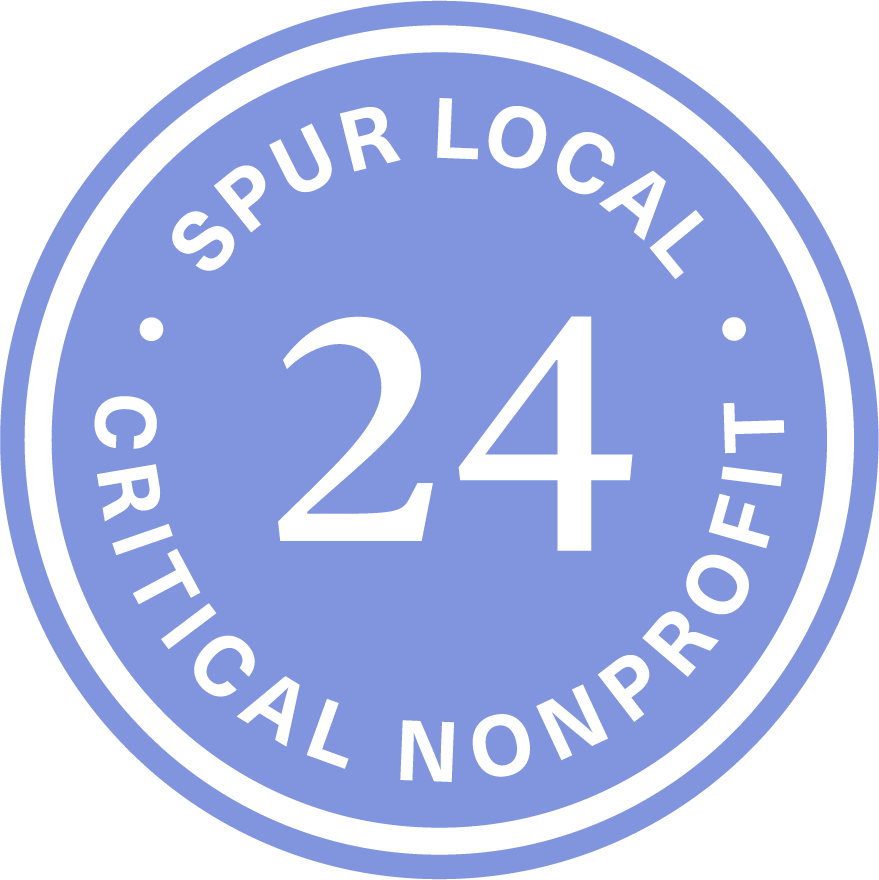

Privacy Policy Terms & Conditions
Privacy Policy
Terms & Conditions
Get in touch
Follow us
